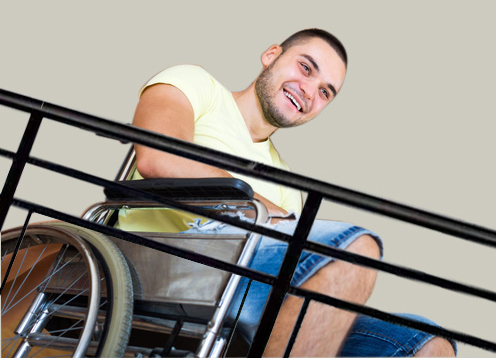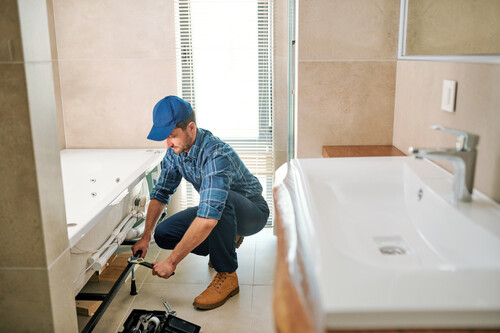
Persons with disabilities (PWDs) tend to have a more challenging time getting around than most people. However, physical impairments can be mitigated by providing accessibility features that promote better mobility.
There are several systems that aid wheelchair users, the elderly, and people with sensory problems in moving about within your home. Each system has its own purpose and function that’s customized to help PWDs achieve a greater degree of independence.
Below is a list of accessibility features that you can add to your home or facility to make it friendlier for people with disabilities:
Wheelchairs are wide and heavy. Carrying it up and down the steps takes a lot of time and strength. However, placing an aluminum ramp in front of your entrance will solve these problems and allow wheelchair users to enter and exit your home with ease. Getting a ramp with handrails and a non-slip surface ensures that the user moves safely along the ramp. Installing a ramp requires you to have a wide pathway, so it’s best that you call the professionals to create one. Alternatively, you can also install a vertical platform lift if you don’t have an accessible pathway.
One nightmare PWDs face every day is having to use the stairs. Unlike your new entrance with a ramp, stairs are much steeper and narrower. This makes them more dangerous to use for people with physical or sensory impairments. To prevent accidents, a stairway lift with ample room and handles should be installed. It may add to your expenses, but it prevents the occurrence of accidents and helps you comply with safety regulations.
It’s dangerous for PWDs to move around the kitchen and bathroom without anything to hold on to. The floors in these rooms are slippery, especially when wet, and PWDs could get injured after taking just a few steps. To help PWDs navigate around your home, railings must be attached to the walls. In the bathroom, placing a pole near the tub and toilet seat helps PWDs use these fixtures with greater independence.
Widening doorways and lowering doorknobs makes it easier for wheelchair users to enter a room by themselves. You may also install automatic door openers for PWDs who have limited reach and mobility.

Give PWDs and seniors more freedom in the bathroom by installing a walk-in tub. A walk-in tub is designed with multiple safety features like low step-in, built-in grab bars, and anti-slip surfaces. Some walk-in tubs also include hydro-therapeutic and spa-like functions. This allows PWDs to have a relaxing time in the bath safely, and without any assistance. Carpets, rugs and other fibrous flooring are not wheelchair-friendly. They can get tangled in the wheels, which causes problems for users. Tile and hardwood flooring are ideal materials for wheelchairs, due to their smooth surface. You can also increase your flooring’s safety by placing rubber ramps on thresholds and covering up any exposed cords. When making your home accessible for PWDs and the elderly, you need to consider their daily routines. This means that their means of communication must also be easy, so it’s best that you switch to a cordless or handheld phone. With the restrictive cord out of the way, PWDs and seniors can use the phone from whatever room they are in. Need help in making your Newtown, Connecticut home more accessible? Call Superior Remodelers at 888-330-8148 and we’ll transform your property into a PWD-friendly zone. If you have any questions, you may visit our contact page and fill out the form. We hope to hear from you soon.6. Change Your Flooring
7. Use a Cordless Phone